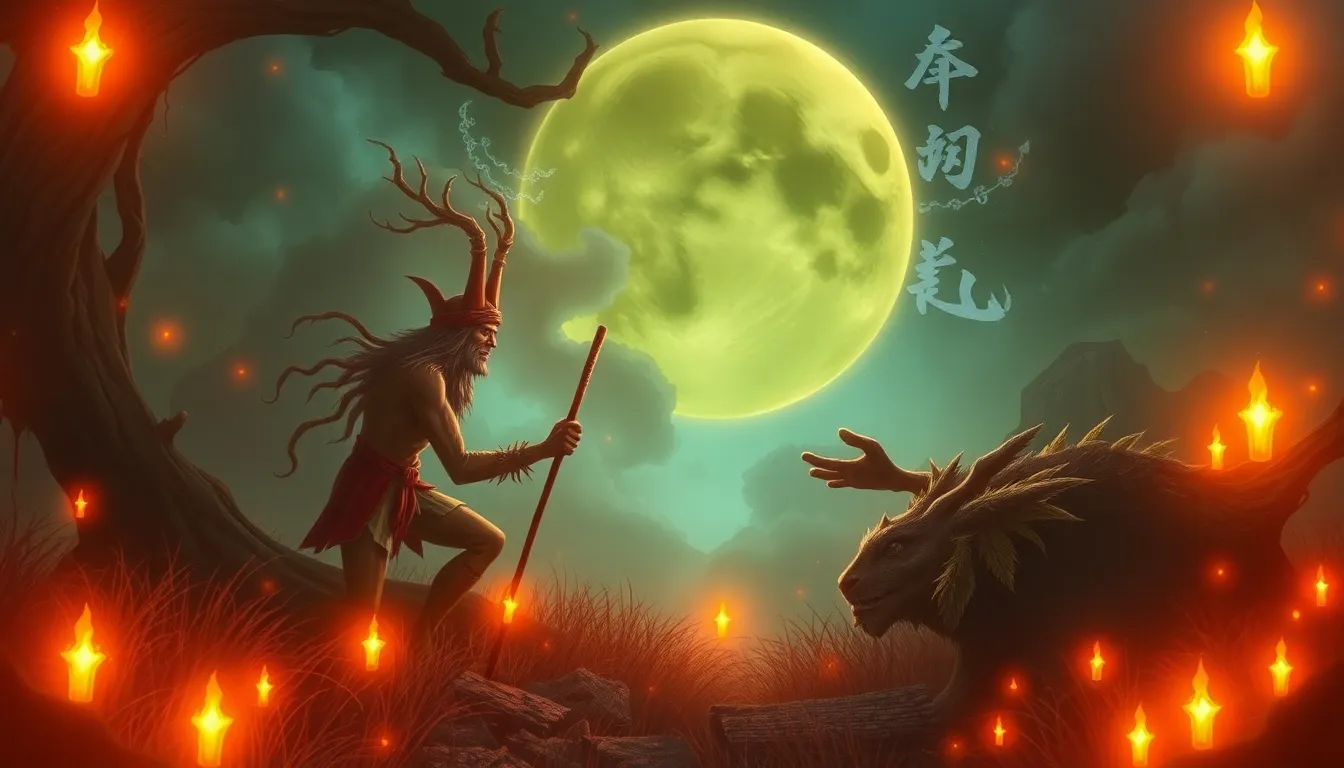The Trickster’s Wisdom: Life Lessons Hidden in Folklore
Introduction to Trickster Figures in Folklore
The trickster archetype is a fascinating and complex figure found in folklore across cultures. Generally characterized as a clever, mischievous, and often unpredictable character, the trickster embodies a playful spirit that challenges the status quo. Common traits of tricksters include wit, deceit, and a knack for bending the rules, making them both captivating and thought-provoking figures.
Tricksters play an important role in various cultures, serving as agents of change and symbols of the duality of human nature. They often disrupt the ordinary flow of life, prompting both laughter and reflection, which is why their stories have endured through generations.
Historical Context of Trickster Tales
Trickster stories have their origins in oral traditions, where they were passed down through storytelling. These tales often served multiple purposes, including entertainment, moral education, and the preservation of cultural values.
Over time, the depiction of trickster figures has evolved across different cultures. From ancient myths to contemporary narratives, tricksters reflect the values, fears, and hopes of the societies in which they exist. Storytelling has been pivotal in maintaining these figures, ensuring that their lessons continue to resonate with new generations.
Famous Trickster Characters and Their Stories
Many cultures boast unique trickster characters, each with their own stories that impart valuable lessons. Here are some notable figures:
- Anansi the Spider: A prominent figure in West African folklore, Anansi is known for his cunning and cleverness. His tales often center around his ability to outsmart others, teaching lessons about resourcefulness and intelligence.
- Coyote: In Native American mythology, Coyote is a shape-shifter known for his trickery. His stories often illustrate the consequences of his actions, reflecting themes of balance and morality.
- Loki: A complex figure in Norse mythology, Loki is both a trickster and a god. His actions lead to chaos and disruption but also pave the way for transformation and change.
- Other Notable Tricksters: Characters like Hermes from Greek mythology, Reynard the Fox from European folklore, and Br’er Rabbit from African American tales all showcase the diverse manifestations of the trickster figure.
The Dual Nature of the Trickster
Tricksters are often portrayed as both heroes and villains, embodying a moral ambiguity that challenges the notion of good and evil. Their actions can lead to both positive and negative outcomes, prompting audiences to question their own values and beliefs.
This duality allows tricksters to challenge societal norms and expectations, often exposing hypocrisy and injustice. By navigating between the boundaries of right and wrong, they encourage critical thinking and reflection.
Lessons in Adaptability and Resourcefulness
One of the most significant lessons imparted by trickster figures is the importance of adaptability and resourcefulness. Tricksters face numerous challenges and obstacles, yet they navigate these situations using cleverness and wit.
For example, Anansi often finds himself in precarious situations but uses his intelligence to turn the tables in his favor. Similarly, Coyote’s antics reveal that quick thinking and creativity can lead to unexpected solutions.
Specific stories that exemplify these traits include:
- Anansi’s tale of how he captured all the stories in the world by outsmarting the other animals.
- Coyote’s attempt to catch the sun, which showcases his determination and cleverness.
The Role of Humor in Trickster Tales
Humor plays an essential role in trickster tales, often serving as a coping mechanism for both characters and audiences. Through laughter, deeper truths and insights are revealed, allowing individuals to confront serious issues in a lighthearted manner.
Humorous anecdotes can serve as powerful tools for communication and understanding. For instance, Coyote’s antics often lead to comedic situations that also reflect important life lessons about humility and consequence.
Tricksters and the Subversion of Authority
Tricksters frequently question and subvert authority, serving as a voice for the marginalized and oppressed. Their narratives often critique social norms and hierarchies, offering alternative perspectives on power and control.
Tales featuring tricksters can have a profound impact on cultural consciousness, prompting individuals to rethink accepted beliefs and practices. This subversive nature encourages societies to reflect on the legitimacy of their structures and the importance of questioning authority.
The Psychological Perspective: Tricksters as Archetypes
From a psychological standpoint, tricksters can be seen as symbols of the unconscious mind. Carl Jung identified the trickster as an archetype that represents the chaotic, unpredictable aspects of human nature.
Engaging with trickster figures in stories can facilitate personal growth, as individuals explore their own qualities of adaptability, resourcefulness, and humor. By recognizing these traits within themselves, people can learn to embrace their own complexities.
Modern Interpretations of Trickster Wisdom
In contemporary literature, film, and art, trickster themes continue to resonate with audiences. Modern interpretations often explore the relevance of trickster wisdom in today’s society, addressing contemporary issues such as social justice, identity, and power dynamics.
Examples of modern works featuring trickster themes include:
- The character of Deadpool in comic books and films, who embodies the playful and subversive nature of the trickster.
- Films like “The Lion King,” where characters like Timon and Pumbaa serve as trickster figures, providing humor and wisdom.
Conclusion: Embracing the Trickster Within
In summary, trickster tales impart valuable lessons about adaptability, resourcefulness, and the importance of humor in navigating life’s challenges. The enduring legacy of these figures encourages individuals to explore their own creativity and flexibility in the face of adversity.
By embracing the trickster within, we can learn to challenge societal norms, question authority, and celebrate the complexity of human nature. The wisdom hidden in folklore continues to inspire and guide us, reminding us of the power of stories to shape our understanding of the world.



